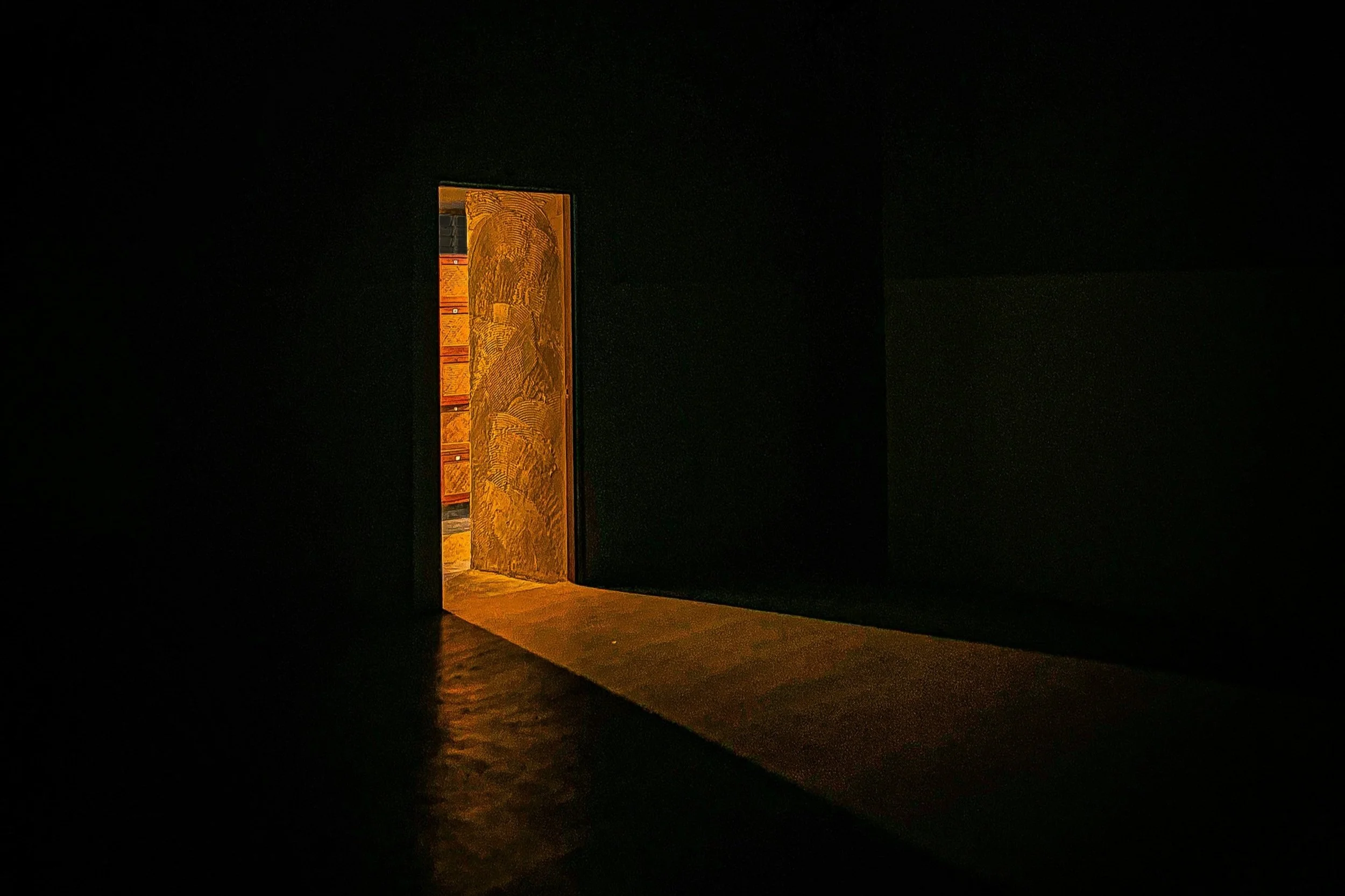The Science Behind the Church Health Assessment: Establishing Red, Yellow, and Green Zones
It has been over eight years since the first version of the Church Health Assessment (CHA) was launched. During this time, 61 congregations have utilized the CHA to guide their decisions regarding the direction of their church.
The CHA is a survey designed to gauge a church’s health and facilitate essential conversations within the congregation. It measures nine factors of church health: vision, ministries, family life stages, spiritual formation, worship, congregational culture, leadership, church relationships, and budget/finance. The CHA has undergone two significant rounds of revision, with the most recent updates made in December 2021. This process involved gathering a group of consultants who regularly use the CHA for a focus group. During the meeting, we reviewed each factor and inquired about how congregations understand the questions posed and use the information gathered. After the focus group, the data were compiled, and adjustments were made to the assessment. Now that 23 congregations have utilized version 3.0 of the CHA, we can share some findings gathered from over 2,600 individuals who have participated in their congregation’s CHA.
The first step in creating any index or scale is to test its reliability. The questions within each factor are averaged to produce an index for that factor. The most common statistical measure of reliability is Cronbach’s Alpha, which ranges from 0 to 1. The closer the scale is to 1, the more reliable it is, indicating that responses are more consistent across individuals. Generally, a Cronbach’s Alpha of 0.75 or higher is considered reliable. The table below displays the nine factors along with their corresponding Cronbach’s Alpha values. As shown, all values are 0.79 or higher, indicating high reliability for each factor in the CHA.
| Factor | Number of Items | Cronbach’s Alpha |
|---|---|---|
| Vision, Mission, and Goals | 5 | 0.816 |
| Ministries and Activities | 6 | 0.868 |
| Family Life Stages | 8 | 0.791 |
| Spiritual Formation and Discipleship | 8 | 0.848 |
| Worship | 8 | 0.849 |
| Congregational Culture | 12 | 0.895 |
| Leadership | 14 | 0.939 |
| Church Relationships | 9 | 0.853 |
| Finance and Facilities | 5 | 0.800 |
Second, one of the unique characteristics of the CHA report is the use of red, yellow, and green zones, which help to quickly identify potential strengths and weaknesses. We are often asked how the cutoffs for the red, yellow, and green zones are determined, and the answer to that is statistical norming. “Norming” the data involves taking information from a population of interest—in this case, members of Churches of Christ—and using that information to establish a baseline distribution of results.
We begin by examining the visual distribution of responses for each factor, including the shape of the distribution, the location of the peak, and how closely responses cluster around that peak. For example, the following histogram illustrates the Congregational Culture factor. As you can see, the peak is right around 68 on a scale of 20 to 100. The mean (or average) for the responses is 68.4, and the midpoint or median is 70. This indicates that 70 is the average score, with scores above 70 leaning towards strength, while scores below 70 lean towards weakness. Thus, this makes 70 a yellow zone.
So, how do we determine where to transition to green and red? To do this, we examine the standard deviation, a metric that measures the variation within the data or how closely the data points cluster around the mean. In an ideal situation, approximately 68% of all responses would fall within one standard deviation above and below the mean, indicating that any values beyond that range would be considered unusual. The standard deviation for Congregational Culture is 13.66. By considering one standard deviation above and below the mean, we establish a range from 54.75 to 82.07, capturing the area where most congregations are found. The orange lines on the chart below represent roughly one standard deviation below and above the mean.
The cutoff from red to yellow might be 55, and the cutoff between yellow and green could be 82. However, outliers can skew the mean. Another way to determine the norm is by examining percentiles. The 25th percentile for the Congregational Culture factor is 60, while the 75th percentile is 77. This indicates that 50% of the responses fall between 60 and 77. Thus, the color zones could look like this:
We must do this for all nine factors and find common ground. Sixty is a good point for the transition to red, and around eighty works well for the transition to green. You’ll notice some fuzziness between the colors because there isn’t a strict cutoff between weakness and strength; much depends on the context of a specific congregation, and that can only be grasped through conversation.
I hope this helps you gain a better understanding of the science behind the development of the CHA. In our other articles, we examine the various factors more closely and explore trends within congregations.










